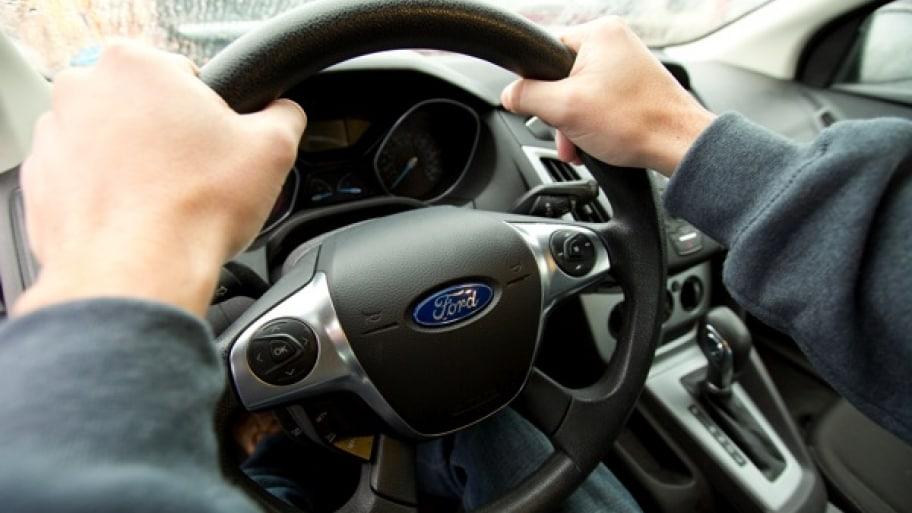The Warning Signs Of Bad Wheel Alignment
What’s the worst enemy of your car wheels? Other than poorly maintained roads? Bad wheel alignment is a serious issue because it could create safety hazards and impact the gas mileage and tire tread. However, the truth is even a pothole, or a slight thud can throw the wheel off balance.
The Signs of Bad Wheel Alignment
You may ask: “How do i know if i need an alignment?” Even if you drive on a smooth, well-maintained road and have a squeaky clean driving record, have the alignment checked at every 6,000 miles? Properly balanced wheels will take care of the tires, save fuel, and guarantee optimal drivability. Let’s find out the symptoms of bad wheel alignment. Learning about these will help you to keep the vehicle at the top of its condition.
1. Drifting to the left or right direction in a smooth road

Read more:
When you struggle to keep the car straight, you must take it to a servicing center to check the wheels. A wheel issue tends to make a vehicle veer in one direction on a flat road. To be sure, take your hands off the steering on an empty road and see if it drifts to the left or right direction a little.
2. The abnormal worn-out condition of tires
All the tires have an average lifespan, and they tend to wear off after that period. However, the signs are different when they sprout from bad wheel alignment. Usually, the tread thins out because of a lack of tire rotation. In such cases, you’ll see cupping on the outside edges of the front tires. On the other hand, if the alignment is off track, you may see excessive wear on both the outside and inside edges.
3. Sloppy or hard wheels
Both conditions are risky, especially when you are driving on a busy street or a road full of curves. It could be a problem with suspension components if you feel the wheels are loose or not holding up tightly while making a turn. However, bad wheel alignment is the culprit in most cases. Similarly, the same thing could be the reason for hard steering.
4. The steering vibrates while driving
The wheel alignment cause a vibration when it’s off balance. It mostly happens when the car hits a pothole or bumps into something and knocks out the wheels of their position. However, the shaking could be the repercussion of many other serious problems such as warped brake rotors, damaged suspension components, and misaligned tires.

5. The noises
Bad alignment noise will warn you about displaced wheels. So, you should pay attention when your vehicle is making creaking, knocking, or squeaking sounds. Although issues with suspension and loose or damaged components can be the reasons for strange noises coming underneath a vehicle, bad wheel alignment could be another potential cause.
First-aid Steps After Confirmation Of Misalignment
These remedy steps are for those who are confident enough to understand their car and at least have some mechanical skills. Let’s put your skills to good use and make some minor adjustments. Even if everything feels right, and no symptoms are present, there are some tasks for more alignment that you can do yourself.
Make a checklist like below:
1# Remove junk from your trunk
Alignment is based on tire angles, which go hand-in-hand with vehicle chassis height. If you have too much weight loading down your back end, that lowers your vehicle height, throwing off weight or rearranging weight will improve your alignment. You can also remove what you don’t need and don’t forget to have your alignment checked by the garage after that since your alignment can’t adjust itself.
2# Maintain correct air pressure in your tires
Even and balanced air pressure in all four tires affects the height of 4 points of the undercarriage that connect to the four wheels. For example, a car tire with low air pressure will got a lower chassis height at one of four corners. This is one of the reasons why you feel something is not right when steering.
3# Embrace conservative driving
It will place less strain on steering and suspension components which are key to maintaining proper alignment. Avoid off-road driving especially if your car is an old one or is not designed to be an off-roader.
But Is Wheel Alignment Important Anyway?
The answer is a big yes. Thanks to perfect wheel alignment, your tires will last longer, your vehicle will drive smoother, and above all, you can steer effortlessly in the right direction. Plus, your car will require less energy to reach a destination, consequently saving a ton of fuel on any trip.
When your car rolled off the factory assembly line, it came preset with special angles that position your tires correctly. This is designed for a good reason. So as for your vehicle to travel the way it’s supposed to, it of course needs precise alignment. Again, misalignment can lead to uneven tire wear, poor handling, and shorter tire life. Tires are expensive to replace but keeping them aligned isn’t. So having your wheels properly aligned and having that alignment checked every year can save you a significant amount of money.
As a general rule, we should do a wheel alignment twice a year or every 6000 miles. If you often drive in harsh conditions or on roads with potholes, you may need more frequent alignment.
The Wrap-up
The sooner you detect the problem, the better you will save your pocket. Poor alignment of wheels can shorten the four tires’ life span by thousands of miles and deteriorate very crucial steering and suspension parts. That’s a big hit to anybody’s wallet. Unless you want to replace tires often and enjoy the benefits of better fuel economy, you should have your alignment checked, at the same time with every oil change or the first sign of uneven or premature tire wear.
A typical alignment repair may cost something between $75 and $100. However, some mechanics may charge more depending on the complexity of the task and the type of equipment they need to use.














